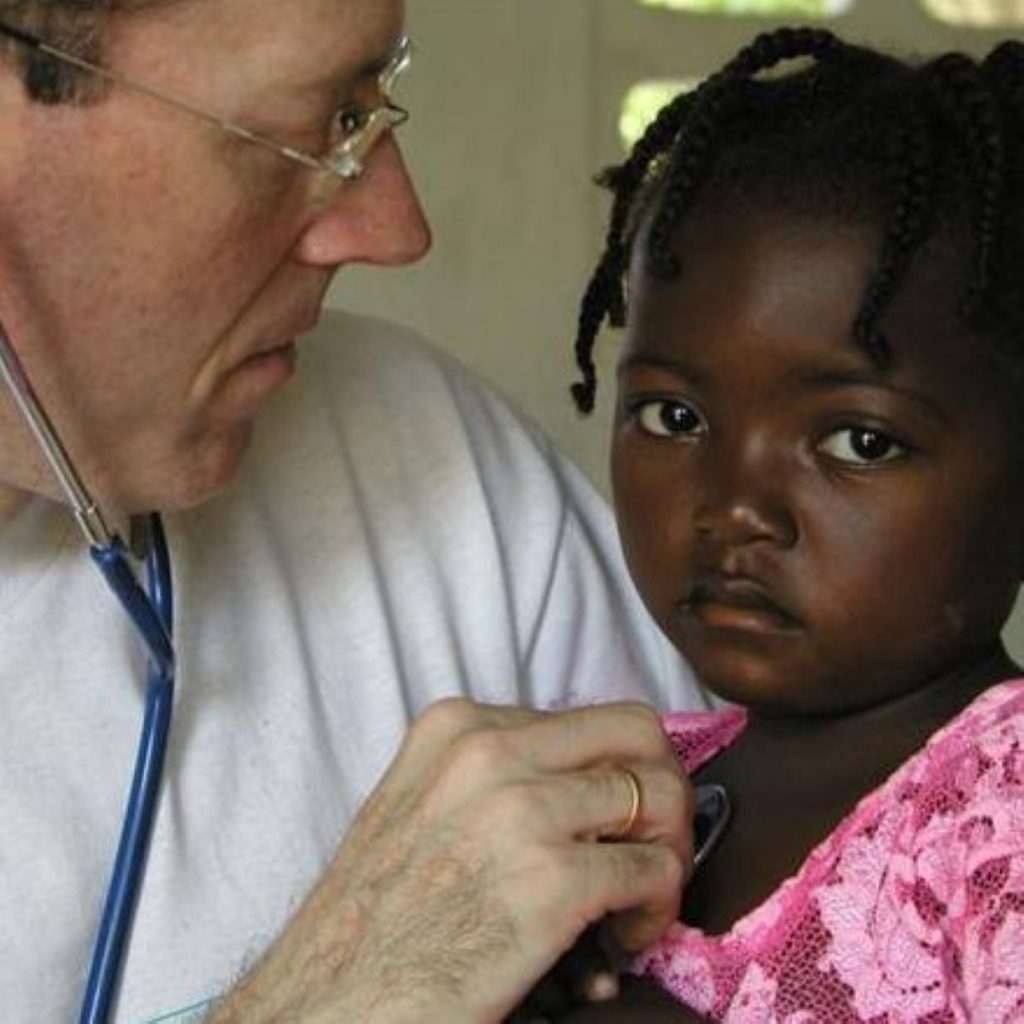1 in 8 child prescriptions contain errors
By Ian Dunt
One in eight prescriptions given to children contain errors, a startling new report has found.
The report, published in the British Medical Journal, showed mistakes being made in a high number of drug treatments given to children in hospital, both in prescription and administering the medicine.
Pharmacists reviewed almost 3,000 prescriptions intended for 444 children while conducting a study of 11 wards in five London hospitals in 2004/5.


In all, 391 prescribing errors were made, giving an overall rate of 13.2% (one in eight.
The most commons mistake was an incomplete prescription but many – 11% – contained dosing errors.
“This report raises serious concerns about children’s safety in hospitals,” said Liberal Democrat health spokesman Norman Lamb.
“Everyone understands that occasional mistakes will be made but the scale of errors reported here is very worrying.”
The research, which was published ahead of print in the Archives of Disease in Childhood, found most errors were unlikely to cause serious harm, but a small number of cases were potentially fatal.
Of all the mistakes picked up, only one – a prescribing error – was reported to the risk management department at the hospital concerned.
Researchers put pharmacists on the job to review drug charts for ten wards to spot prescription errors, while experienced observers looked out for administration errors when nurses were giving drugs to children on 11 wards.
The observer watched 161 nurses of different grades preparing and administering 1554 doses of medicine to 265 children.
In all, 429 administration errors were picked up, equating to an overall error rate of one in four (19%).
Mistakes in drug preparation were the most common, accounting for just under 21% of the total.
Almost one in ten errors involved mistakes in dosing, and on five occasions the mistake was grave enough for the observer to actually intervene.
A spokesperson from the Department of Health (DoH) said: “We expect all NHS organisations to have rigorous checks and reporting procedures in place to ensure that the services they provide are as safe as possible for all patients.
“Patient safety is the highest priority for the NHS and the Government. The vast majority of NHS patients experience good quality, safe and effective care and this is reflected in recent statistics which show that the majority of medication incidents, 96%, had clinical outcomes of low or no harm to patients.”
Children’s drug doses are usually formulated individually, and are based on age, weight, body surface area and their clinical condition.












